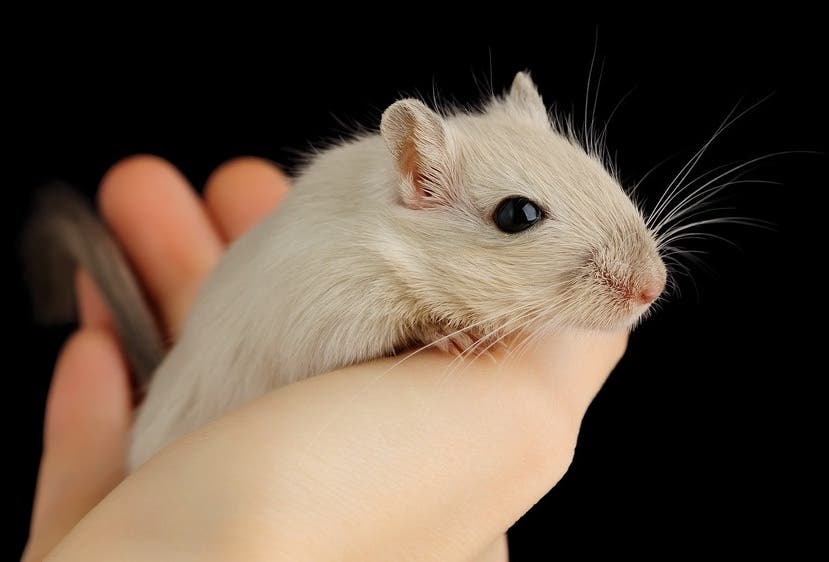It’s always the cute ones – a team of Norwegian researchers found that the Black Plague, which arrived in Europe in the 14th century and wiped out up to 200 million people was brought by gerbils, not by rats.
The Black Plague is one of the most devastating epidemics humanity has encountered, originating in Central Asia and traveling along the Silk Road, reaching today’s Turkey and Ukraine. From there, it spread to the Mediterranean area and across the entire continent, wiping out 30-60% of the continent’s population. Until now, scientists believe the agents which carried the pathogen were rats – but Prof Nils Christian Stenseth, from the University of Oslo claims othwerwise:
“If we’re right, we’ll have to rewrite that part of history.”
The thing is, in order for rats to thrive and carry the disease across the entire continent, you would need some specific climatic conditions.
“For this, you would need warm summers, with not too much precipitation. Dry but not too dry. And we have looked at the broad spectrum of climatic indices, and there is no relationship between the appearance of plague and the weather.”
In order to see if the climate was suitable for rats, he and his team analyzed 15 tree ring records, which carry with them the conditions in certain years. Tree ring analysis can be used to determine certain aspects of past climatic – including the amount of rain. They then compared these tree rings with 7,711 historical plague outbreaks to see if the weather conditions were right. As it turns out – they weren’t.
However, their results indicated spectacular conditions for another plague-carrying rodent – the giant gerbil – to thrive. They believe this is the main carrier of the Black Plague.
“We show that wherever there were good conditions for gerbils and fleas in central Asia, some years later the bacteria shows up in harbour cities in Europe and then spreads across the continent,” Prof Stenseth said.
The conditions he is referring to is a wet spring followed by a warm summer – something which gerbils love, and rats – not so much.
“Such conditions are good for gerbils. It means a high gerbil population across huge areas and that is good for the plague,” he added.
The team is now working to confirm their results with DNA analysis. If this checks out, then we can exonerate rats for causing one of the biggest epidemics mankind has faced.
“We originally thought it was due to rats and climatic changes in Europe, but now we know it goes back to Central Asia.”
Journal Reference: Boris V. Schmida, Ulf Büntgen, W. Ryan Easterdaya, Christian Ginzlerb, Lars Walløee, Barbara Bramantia, and Nils Chr. Stensetha. doi: 10.1073/pnas.1412887112











